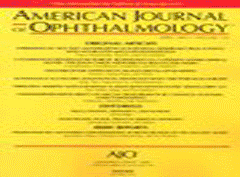Purpose: The objective of this study is to compare the recurrence and complication rates of surgical treatment and interferon treatment for OSSN.
Participants: Ninety-eight patients with OSSN, 49 of whom were treated with interferon (IFN) a2b therapy and 49 of whom were treated with surgical intervention.
Methods: Patients with OSSN were treated with surgery versus IFNa2b therapy, either in topical or injection form. Median follow-up after lesion resolution was 21 months (range, 0e173 months) for the IFNa2b group and 24 months (range, 0.9e108 months) for the surgery group.
Main Outcome Measures: The primary outcome measure for the study was the rate of recurrence of OSSN in each of the treatment groups.
Results: Mean patient age and sex were similar between the groups. There was a trend toward higher clinical American Joint Committee on Cancer tumor grade in the IFNa2b group. Despite this, the number of recurrences was equal at 3 per group. The 1-year recurrence rate was 5% in the surgery group versus 3%in the IFNa2b group (P ¼ 0.80). There was no statistically significant difference in the recurrence rate between the surgically and medically treated groups. Nonlimbal location was a risk factor for recurrence (hazard ratio, 8.96) in the entire study population. In patients who were treated successfully, the side effects of the 2 treatments were similar, with mild discomfort seen in the majority of patients in both groups. There was no limbal stem cell deficiency, symblepharon, or diplopia noted in either group. Two patients were excluded from the IFNa2b group because of intolerance to the medication.
Conclusions: No difference in the recurrence rate of OSSN was found between surgical versus IFNa2b therapy.













